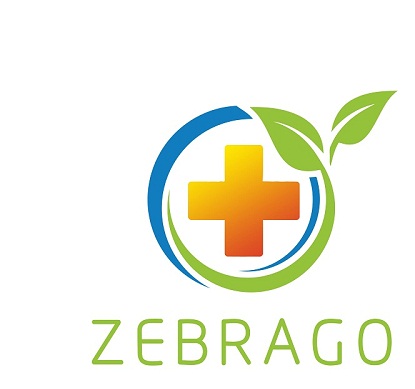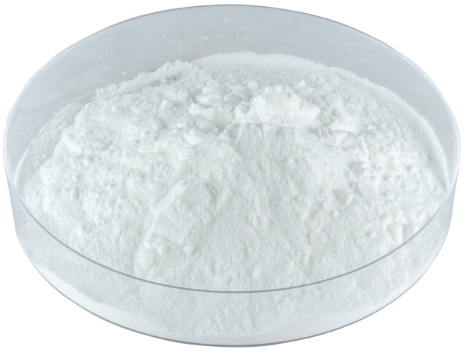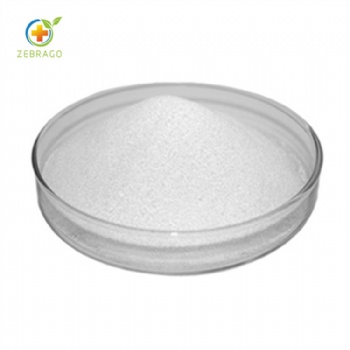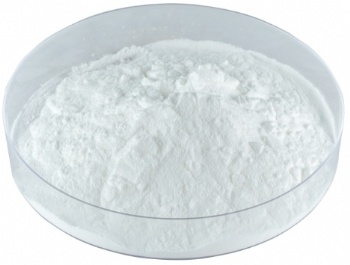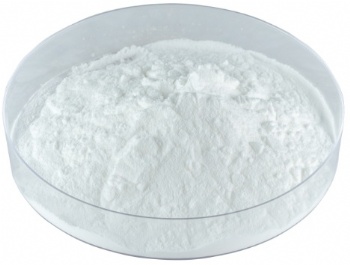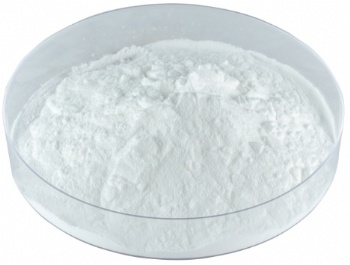|
Test Item |
Analysis Specification |
Result |
|
Description |
White or almost white, crystalline power |
Conform |
|
Solubility |
Freely soluble in water, soluble in ethanol (96%),sparingly soluble in acetone and in methylene chloride |
Conform |
|
Identification A |
Absorption maximum at 280nm |
279.4 nm |
|
B |
IR Should be identical with contrast |
Conform |
|
C |
It gives reaction (a) of color |
Conform |
|
D |
It gives reaction (a) of color |
Conform |
|
E |
It gives reaction (a) of chlorides |
Conform |
|
Appearance of solution |
The solution is clear and not more intensely colored than references solution B6 or Y6 |
Conform |
|
Acidity or alkalinity |
Should be conform |
Conform |
|
Related substance |
Total of other impurity NMT0.25%(TLC) |
Conform |
|
Heavy metals |
NMT 20 ppm |
Conform |
|
Loss on drying |
NMT 0.5% |
0.22% |
|
Sulphated ash |
NMT 0.2% |
Conform |
|
Residual Solvents |
Should be conform |
Conform |
|
Assay(anhydrous substance) |
98.0%~102.0% |
99.6% |
|
Conclusion |
|
|
|
Conform to BP2007 Standard |
Dopamine is an organic chemical of the catecholamine and phenethylamine families that plays several important roles in the body, as well as elsewhere in biology. Dopamine name is derived from its chemical structure: it is anamine synthesized by removing a carboxyl group from a molecule of its precursor chemical L-DOPA, which occurs in cells and adrenal cells. In the brain, dopamine functions as a neurotransmitter—a chemical released by nerve cells to send signals to other nerve cells. In brain cells, it is transported to synaptic sites and packaged into vesicles for release, which occurs during synaptic transmission. After release, free dopamine is either reabsorbed into the presynaptic terminal for reuse, or broken down by the enzymes monoamine oxidase or COMT, producing a variety of degradation metabolites, whose end products are ultimately excreted in the urine. The brain includes several distinct dopamine systems, one of which plays a major role in reward-motivated behavior. Most types of reward increase the level of dopamine, and most addictive drugs increase dopamine neuronal activity. Other brain dopamine systems are involved in motor control and in controlling the release of various hormones.
Function
Dopamine Peripheral blood vessels have a slight contraction effect, increase arterial blood pressure, the drug's outstanding role is to increase renal blood flow, glomerular filtration rate increased, thereby promoting increased urine output
Application
Dopamine,For shock syndrome caused by myocardial infarction, trauma, endotoxin sepsis, heart surgery, renal failure, congestive heart failure, etc.; shock can not be corrected after blood volume supplementation, especially with oliguria and peripheral vascular resistance is normal or more Low shock. Because this product can increase cardiac output, it is also used for digital inability of digitalis and diuretics.
Dopamine Roles in the Brain
The VTA is located close to the center of the midbrain (mesencephalon). Dopamine produced here can travel two primary pathways: mesolimbic and mesocortical.
Dopamine may travel the mesolimbic pathway to affect functions of the limbic system. The limbic system is a complex system of neurons that are located along the edge of the cortex.
The limbic system is important for modulating pleasure and reward experiences. It drives basic feelings of hunger, dominance and lust.Dopamine that travels the mesocortical pathway affects the functioning of the dorsolateral frontal cortex. This brain area is associated with organized thought, planning motivation and intentional effort to achieve goals.Dopamine levels in the brain can increase or decrease, depending on various factors. If you feel that you may be experiencing low dopamine symptoms, then it is important to seek medical advice.
While there are effective ways to increase dopamine levels naturally, some individuals may need medical interventions to treat specific medical conditions.
Related Products:
| Product Name | CAS No. |
| Citicoline sodium | 33818-15-4 |
| Huperzine-A | 102518-79-6 |
| Betahistine mesilate | 54856-23-4 |
| Nicergoline | 27848-84-6 |
| Dihydroergotoxine | 8067-24-1 |
| Vinpocetine | 42971-09-5 |
| Idebenone | 58186-27-9 |
| Nimodipine | 66085-59-4 |
| Aniracetam | 72432-10-1 |
| Cilostazol | 73963-72-1 |
| Oxiracetam | 62613-82-5 |
| Etiracetam | 33996-58-6 |
| Piracetam | 7491-74-9 |
| GABA | 1956/12/2 |
| Phenibut | 1078-21-3 |
| Fluoxetine | 56296-78-7 |
| aniracetam | 72432-10-1 |
| Dopamine | 51-61-6 |
| Nefiracetam | 77191-36-7 |


